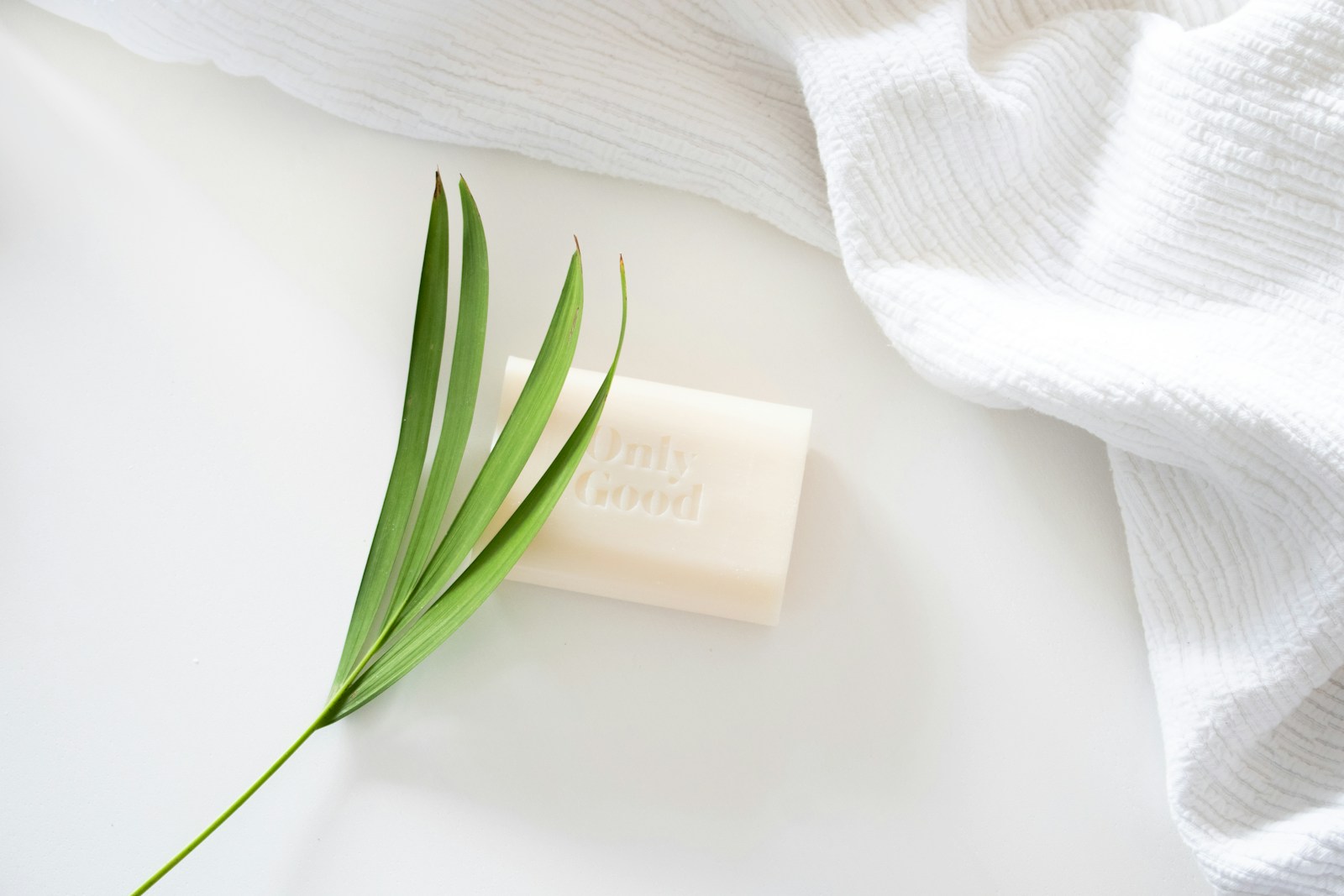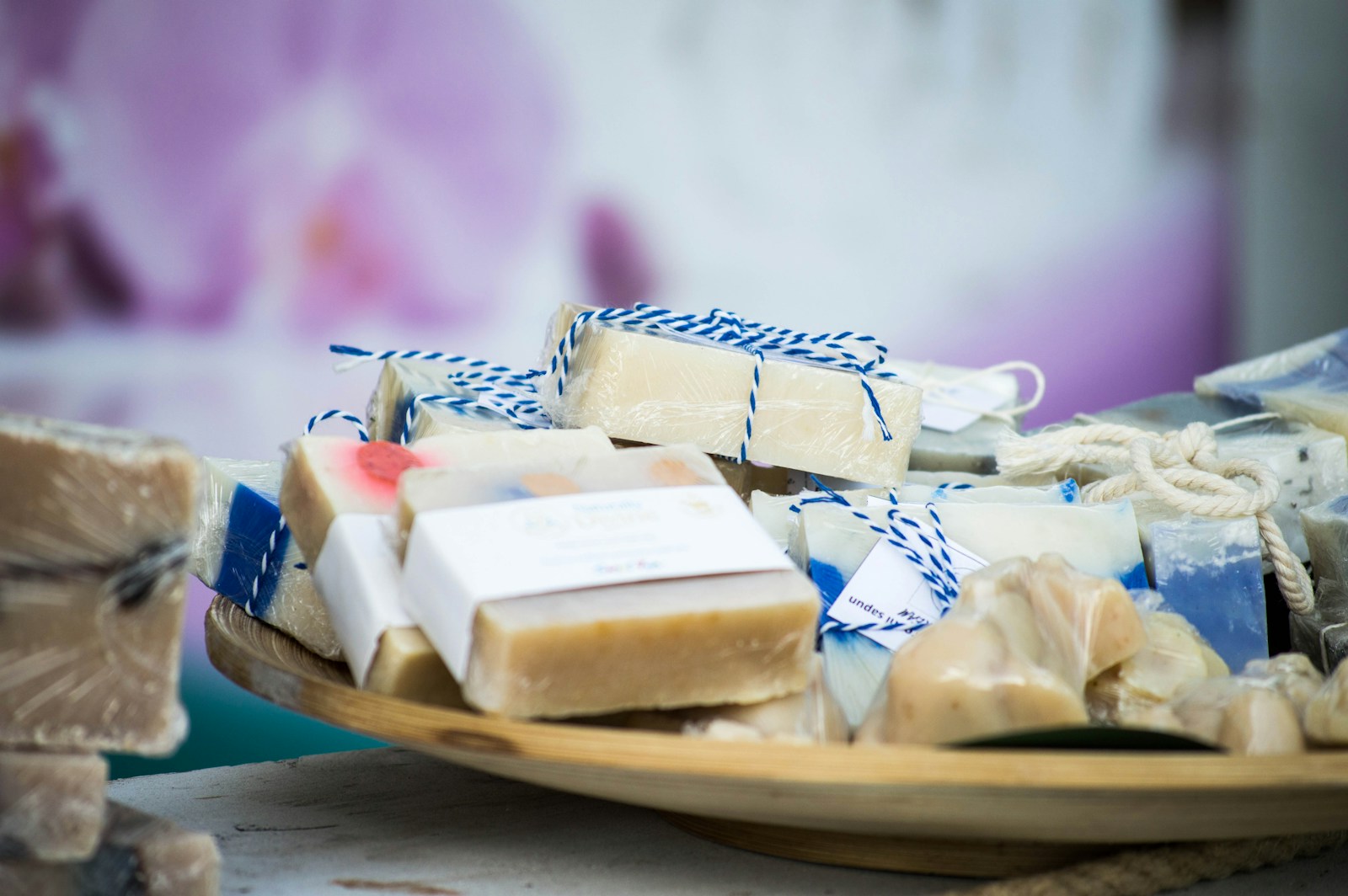Soap making is a popular hobby that can also be turned into a profitable business. With the right techniques and ingredients, you can achieve professional results with homemade soap. Making soap at home allows you to customize the ingredients, scents, and shapes to create unique products that suit your preferences. Whether you are a beginner or an experienced soap maker, there are tips and guides to help you create high-quality, scented soap.
One of the key factors in making soap is choosing the right ingredients. The main components of soap are oils, lye, and water. Different oils produce different properties in soap, so it is essential to choose the right combination for the desired results. Common oils used in soap making include olive oil, coconut oil, and palm oil. Each oil contributes to the soap’s lather, hardness, and moisturizing properties.
When making soap, it is crucial to follow safety guidelines, especially when working with lye. Lye is a caustic substance that can cause burns if not handled properly. Always wear protective gear such as gloves and goggles when working with lye. Make sure to mix the lye with water in a well-ventilated area to avoid inhaling fumes. By following safety precautions, you can create soap without putting yourself at risk.
To achieve professional results with homemade soap, consider investing in quality equipment. A digital scale is essential for accurately measuring ingredients, while a stick blender helps emulsify the oils and lye quickly. Silicone molds are ideal for shaping the soap and releasing it easily once it has hardened. Having the right tools can make the soap-making process more efficient and enjoyable.
Experimenting with different scents is one of the joys of making soap at home. Essential oils and fragrance oils can be added to soap to create unique and pleasant aromas. It is essential to choose scents that are skin-safe and compatible with the soap-making process. Some popular scents for soap include lavender, peppermint, and citrus. Adding scents to soap can enhance the overall experience of using it and make it more appealing to customers.
When making soap, it is essential to understand the process of saponification. Saponification is the chemical reaction that occurs when oils and lye are mixed to create soap. It is crucial to mix the ingredients at the right temperatures and for the correct amount of time to ensure that saponification occurs fully. By understanding the science behind soap making, you can create high-quality products that are gentle on the skin and effective at cleaning.
In conclusion, making soap at home can be a rewarding and creative experience. By following tips and guides to soap making, you can achieve professional results with homemade soap. Experimenting with different ingredients, scents, and shapes allows you to create unique products that suit your preferences. Whether you are making soap for personal use or for sale, the satisfaction of creating something from scratch is unmatched. So, gather your ingredients, follow safety guidelines, and start making your own scented soap today.




